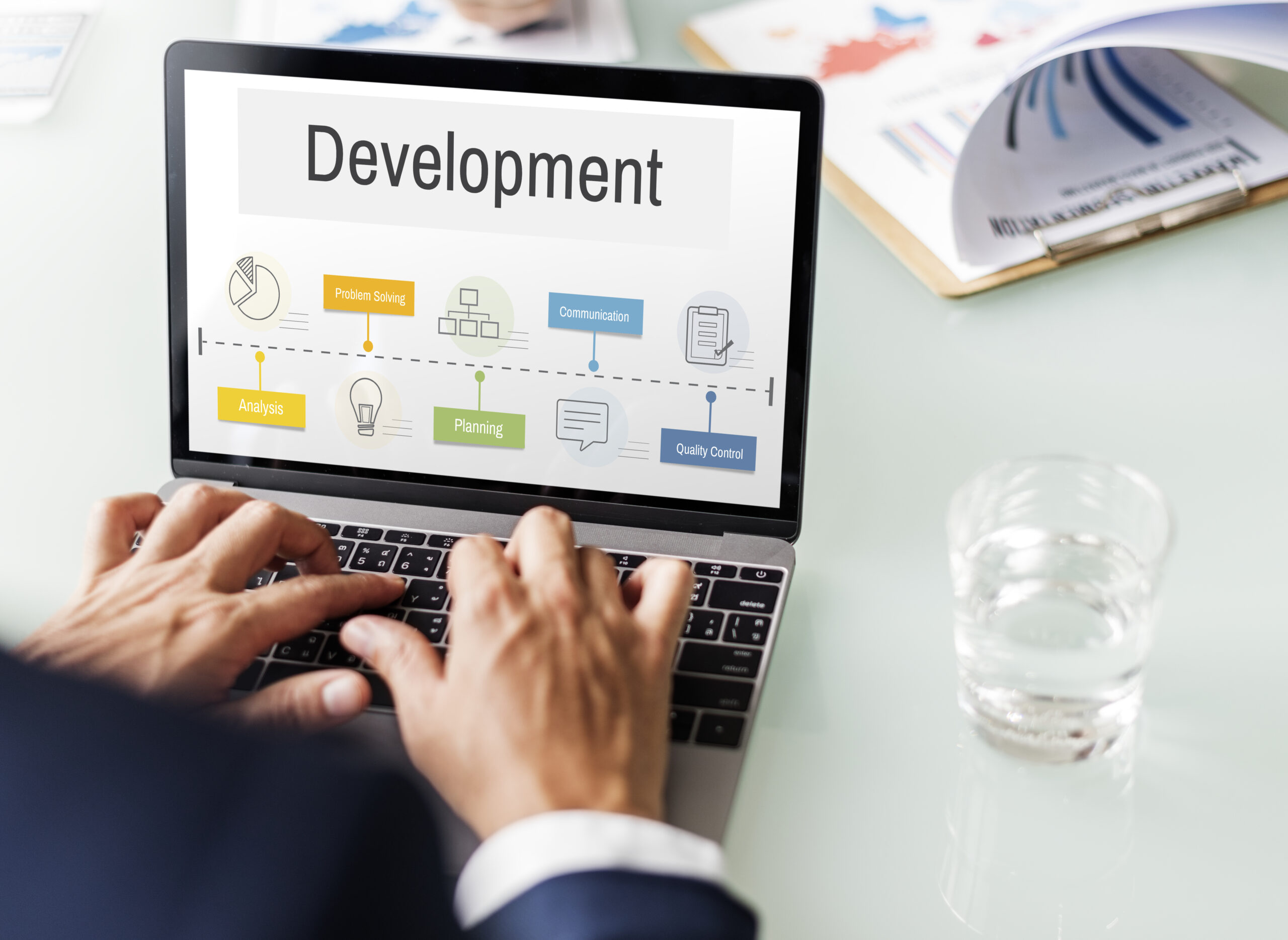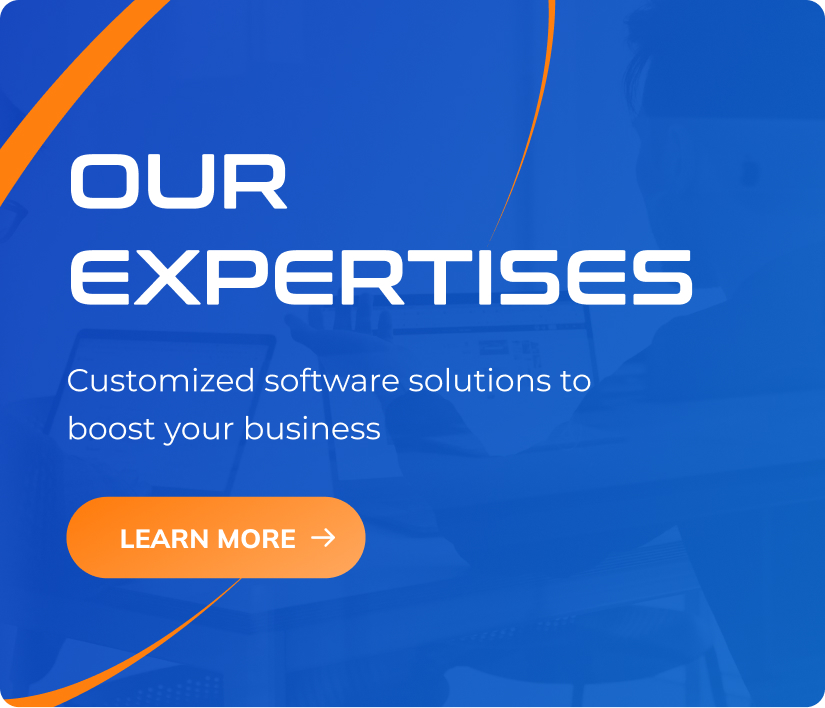Best Practices for Loyalty App Software from Technical Viewpoint
22/07/2025
510
Table of Contents
Did you know that acquiring a new customer can cost 5 to 25 times more than retaining an existing one? That’s why businesses are turning to loyalty app software to enhance retention and build stronger relationships. Gone are the days of physical punch cards, today’s consumers expect a smart, digital rewards app that adds real value and convenience.
A successful customer loyalty program isn’t just about points, it’s about meaningful, personalized engagement. The right loyalty app software should blend technology and psychology to create a seamless experience that feels like a benefit, not a sales tactic. Let SupremeTech help you define what a high-performing loyalty app really needs. Below are seven must-have features that define the best loyalty app software on the market today.
1. Hyper-Personalization and Tiered Rewards
Tiered rewards (e.g., Bronze, Silver, Gold) are no longer an innovation, they’re a common feature in any well-rounded loyalty program. What truly matters is how effectively your system uses customer and sales data to define ranking logic that fits your business model. Each retail industry has its own standards for what qualifies as “loyal” behavior, so the logic behind tiers needs to be flexible and tailored.
Each retail sector requires a tailored approach to tiering. For example:
- A fashion retailer may prioritize total spend or product category preference.
- An F&B chain might look at visit frequency or average order value.
- Supermarkets could focus on a mix of spend volume and basket diversity.
Business owners should also consider whether their loyalty app can scale as the user base grows. Off-the-shelf SaaS loyalty platforms may struggle with customization and scalability, making it harder to adapt to industry-specific needs and future growth.
In short, tiered rewards must be data-driven, adaptable by industry, and supported by a loyalty system built for scale. Business owners should carefully evaluate the limitations of SaaS platforms when aiming to build a loyalty experience that grows with their brand.
2. Engaging Gamification
Human beings are naturally drawn to games and challenges. Integrating gamification into your customer loyalty platform can dramatically increase user engagement and make interacting with your brand fun. There are features like spin-to-win wheels, scratch cards for instant rewards, progress bars for the next reward tier, and badges for completing challenges that create “micro-moments” of entertainment.
However, it’s important to consider whether gamification is the right fit for your application. For example, if your customers are mostly older adults, complex or flashy game mechanics might be confusing or even off-putting. In this case, using familiar and simple formats could be more effective.
On the other hand, if your target audience is younger generations like Gen Z, the flashy and highly-animated games may be a better choice. This group is typically more tech-savvy and enjoyed trying new games.
The key is to design gamification features that match both your brand identity and your customers’ preferences. A well-designed game can enhance loyalty, while a poorly matched one can feel gimmicky or frustrating. Always test and gather feedback before launching at scale.
3. Seamless Onboarding and Platform Strategy
One of the biggest barriers to loyalty program adoption is app fatigue. Many users, especially in mobile-first markets, are reluctant to download yet another brand app just to accumulate points. That’s why business owners should start to form a strategic decision about choosing the right platform to host your loyalty program.
For example, many brands are embedding their loyalty programs into popular messaging platforms that users already use daily. Prominently, LINE is a dominant channel in Japan and Thailand, where brands from F&B to fashion use it to distribute coupons, track points, and send personalized messages.
To take convenience a step further, direct integration with mobile wallets like Apple Wallet and Google Wallet is a must. This allows customers to store their loyalty card digitally and access it with a simple tap, removing the need to carry a physical card or even open a specific app at the point of sale.
4. Smart, Contextual Notifications
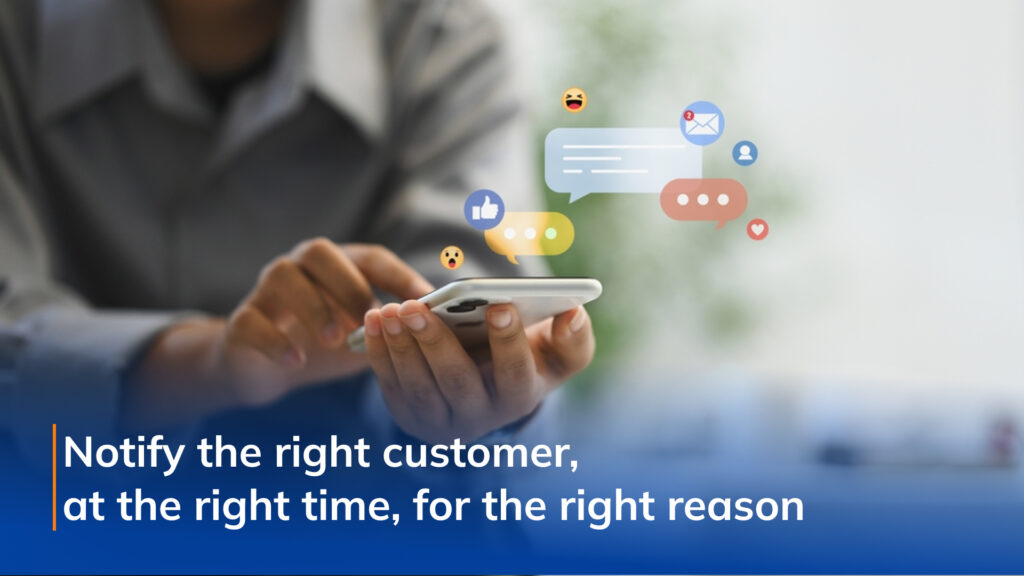
Push notifications are a powerful tool, but they must be used wisely. Instead of broadcasting generic ads, a smart loyalty app software sends valuable, context-aware notifications. This can include a birthday bonus, an alert that a favorite item is back in stock, or a special offer triggered by geofencing when a customer is near a physical store. When notifications provide timely and relevant value rather than noise, they strengthen the customer relationship and drive immediate action.
5. Integrated Feedback and Review Channels
Your most loyal customers are often your best source of constructive feedback. A great loyalty app software builds a direct communication channel into the experience. By including features for in-app surveys, product ratings after a purchase, or a simple suggestion box, you empower your customers to share their thoughts. This not only provides you with invaluable, real-time data to improve your products and services but also shows customers that you value their opinion, further cementing their loyalty.
6. Built-in, Effortless Referral Programs
Word-of-mouth remains one of the most powerful forms of marketing. An effective loyalty app software digitizes and incentivizes this process. By integrating an easy-to-use referral program, you empower your happy customers to become brand ambassadors. The loyalty app should generate a unique, shareable code or link, making it effortless for users to invite their friends. Tracking this process digitally allows you to reward both the referrer and the new customer seamlessly, creating a viral loop for growth.
7. A Powerful Analytics Dashboard (For the Business)
Behind every great loyalty app is a powerful analytics engine. Your software should offer an intuitive dashboard that tracks metrics like:
- User engagement
- Redemption rates
- Campaign ROI
- Customer Lifetime Value (CLV)
This data allows you to refine your program and tailor promotions based on what actually works.
>>> Read more related articles:
- LINE Mini App: Digital Transform Customer Service with Digital Point Cards
- LINE and Mobile Commerce Platform in Japan
Choosing the Right Loyalty App Software: Key Considerations
Selecting the ideal loyalty app software is an important decision for any business aiming to increase customer retention, drive repeat purchases, and build lasting relationships with their loyal customers. With a multitude of solutions available ranging from basic stamp cards to advanced digital loyalty programs, navigating your options can feel overwhelming. However, by focusing on core features that support customer engagement, reward flexibility, and loyalty management, businesses can choose a platform that delivers both a great customer experience and a strong return on investment.
Should You Choose SaaS or Custom-Built App?
No two businesses are the same, and your loyalty app software should reflect your unique brand voice. Choose a solution that allows for deep customization, from visual branding (logos, fonts, colors) to defining your own rewarding customers logic.
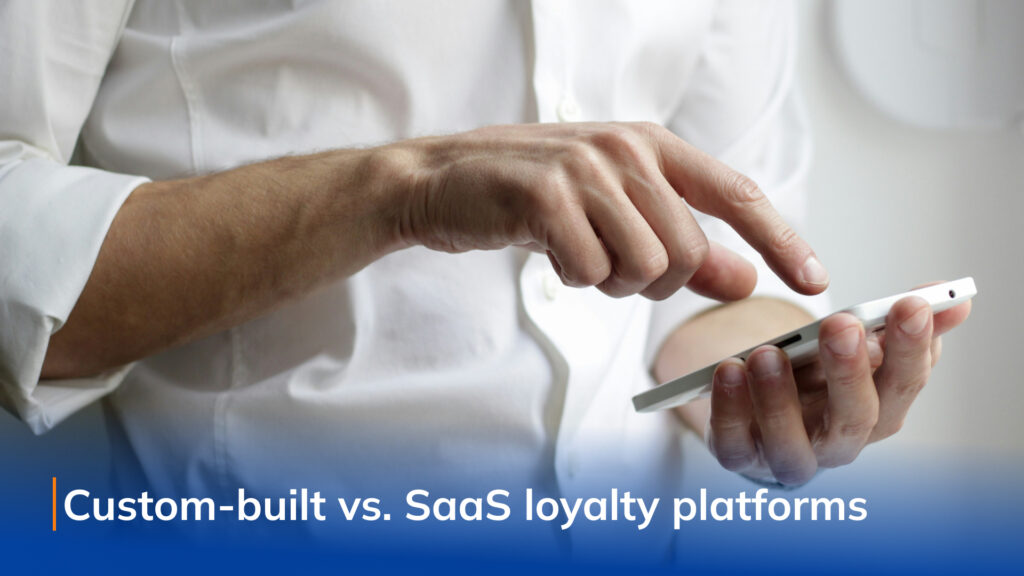
Can the platform support personalized rewards based on purchase behavior? Can you offer double points on special days or reward referrals? Look for systems that let you create tiered memberships, track stamp card progress, and deliver customer loyalty campaigns tailored to segmented audiences.
Scalability
One of the most important considerations is the software’s scalability. As your business grows, whether through expanding your retail stores, product lines, your loyalty app software must scale seamlessly and cost-effectively.
The right platform allows you to easily update tiered reward systems, roll out personalized promotions, or expand to multiple branches without costly re-platforming.
- SaaS platforms often offer built-in scalability at a fixed subscription rate, which can be cost-effective initially but may limit customization and inflate costs as user volume grows. Scalable SaaS programs offer small businesses an effective solution to both meet current budgetary demands and plan for the future.
- Custom-built, on the other hand, require a bigger initial investment. These systems can be designed to scale more efficiently without needing major changes later on. One thing to keep in mind is that building and maintaining custom software takes time and requires a reliable development partner. If your original developer leaves, a new one will need time to learn the system, so choosing a trustworthy vendor is essential for long-term success.
Integration Capabilities
A successful loyalty card app should do more than earn and redeem points. It must integrate intimately with your sales system, including your POS (Point of Sale), CRM, e‑commerce, marketing tools, and payment gateways. This integration is critical for efficient loyalty management, real-time rewards tracking, and a cohesive customer experience across channels.
There is significant difference integration capabilities between SaaS and custom-built systems:
- SaaS platforms (Software-as-a-Service) often come with a fixed, predefined list of supported integrations. This makes setup quick and costs predictable initially, but limits your ability to adapt when business needs evolve or new tools emerge. You may also face extra fees if you need additional connectors or want to upgrade your plan.
- Custom-built can be integrated seamlessly with any existing systems, such as: CRMs, bespoke POS, or specialized marketing platforms . Because you fully control the code base, you can add or modify integrations as your needs change, offering unmatched flexibility and future-proof scalability. While custom solutions require higher upfront investment and longer development time .
Data Security & Ownership
When it comes to loyalty app software, protecting customer data is essential but understanding who actually owns and controls that data is just as critical. This decision can impact your long-term flexibility and control over customer and sales information.
Apart from following data security policies, it’s also important to understand who owns the data when choosing the platform for your loyalty app:
- With SaaS-based loyalty platforms, you can input and manage customer and sales data, the software development vendor typically controls where the data is stored, how it is accessed, and whether it can be transferred elsewhere. Your business uses the system but may not have full ownership or control over its most valuable data.
- Custom-built software gives your business complete ownership of the data infrastructure. This means you have full control over how the data is accessed, stored, and moved, offering greater flexibility and long-term independence.
Pricing and Support
When evaluating loyalty app software, consider the full picture. This includes licensing, implementation, and maintenance fees, as well as the quality of vendor support. A strong vendor doesn’t just sell you software, they become a strategic partner.
Look for companies that offer onboarding support, staff training, performance optimization, and responsive tech help. Whether you’re troubleshooting a QR code scanner or planning a new personalized promotion, responsive support ensures your program continues to deliver measurable value.
Best practices when implementing Your Loyalty App
Launching a loyalty app is just the first step; its true success hinges on effective implementation and ongoing management. A well-designed app can fall flat without a strategic approach to its rollout and continuous optimization.
Defining Clear, Measurable Goals
Before your loyalty app software goes live, it’s essential to define clear, measurable goals for your customer loyalty program. Are you looking to increase repeat purchases by 20% within six months? Want to raise the average order value by 15% among your loyal customers? Or perhaps reduce churn by 10% through better customer engagement and more relevant personalized promotions?

These well-defined objectives are more than just benchmarks, they serve as the foundation for your entire loyalty management strategy. Specific goals help shape reward structures, campaign design, and feature priorities, from stamp card functionality to gamified tiers. They also allow you to track ROI and optimize performance, ensuring your digital loyalty solution is delivering real business results. Without these KPIs in place, it becomes difficult to determine whether your loyalty app is truly fostering deeper relationships and customer satisfaction.
Crafting Engaging and Varied Rewards
While discounts are a common starting point, truly successful loyalty programs offer a diverse range of rewards that resonate with your customer base. Think beyond monetary incentives. Consider offering exclusive early access to new products, personalized experiences, birthday treats, tiered benefits that unlock premium perks, or even opportunities for customers to donate points to a charity. The key is to understand your customers’ preferences and provide rewards that feel genuinely valuable and aspirational, encouraging deeper engagement than simple transactions alone.
Promoting Your App Effectively
Even the most feature-rich app won’t succeed if customers don’t know it exists or how to use it. Start by placing eye-catching signage in your retail stores, especially near checkout counters. Add QR codes to receipts, product packaging, or displays to enable easy downloads. Use your website, social media, and email marketing to share the benefits of your digital loyalty program, and highlight rewarding customers through success stories or testimonials.
How SupremeTech Helps You Build Your Loyalty App Software
If you’re searching for a partner to make your loyalty app, SupremeTech offers expertise in loyalty app software development. One of our recent projects involved creating a digital point card system within the LINE Mini App. Helping our client move from outdated physical cards to a fully digital customer engagement platform.
Despite the complexity of the LINE platform. We successfully developed and launched a mini-app integrating barcode features, one-time transactions, and seamless user data management.
With features like:
- Digital card issuance
- Barcode generation
- Smart integrations with customer data systems
We transformed a traditional business into a tech-forward brand with a scalable customer loyalty solution.
At SupremeTech, we’re committed to building custom loyalty applications that deliver value for both users and businesses. Whether you’re starting from scratch or upgrading an outdated system, we can help.
📩 Read more articles published by SupremeTech:
Related Blog


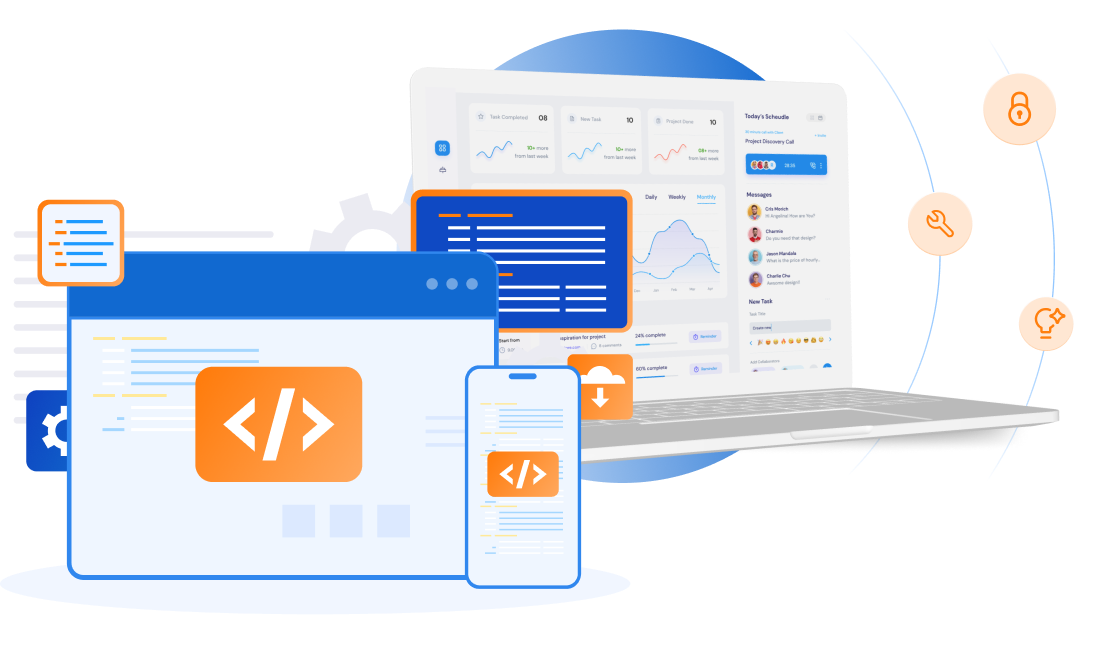
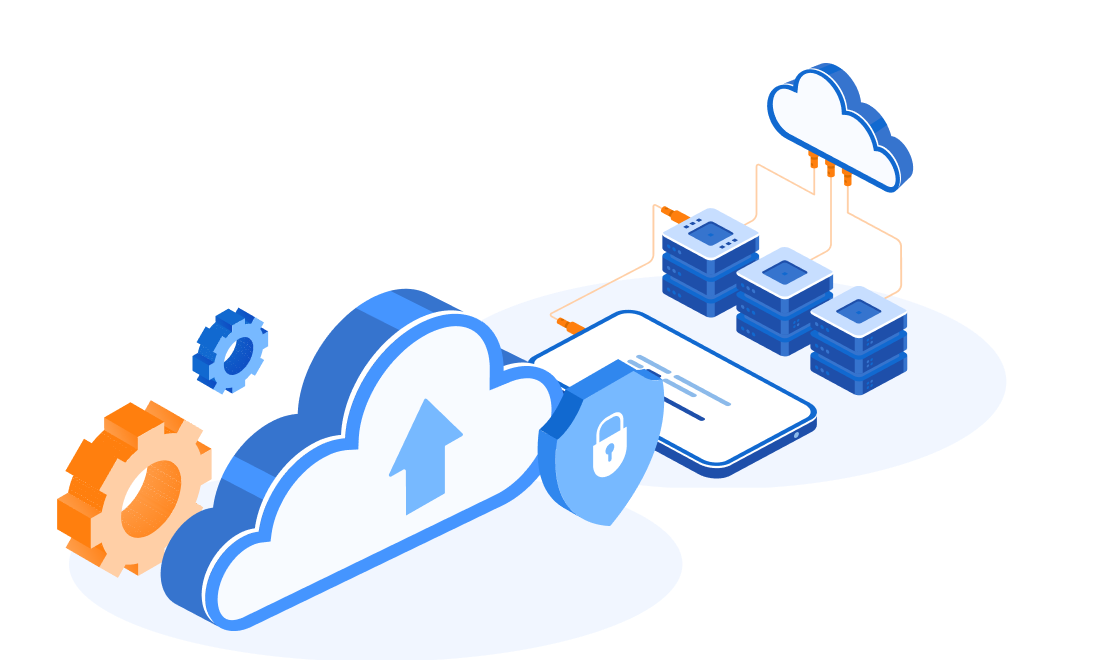
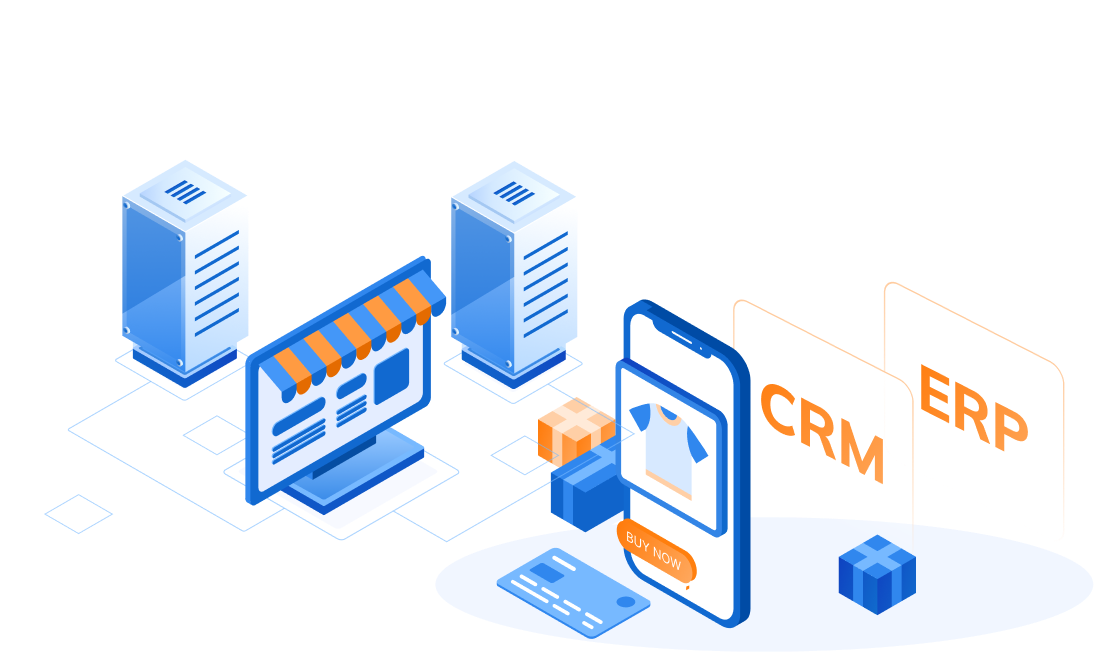
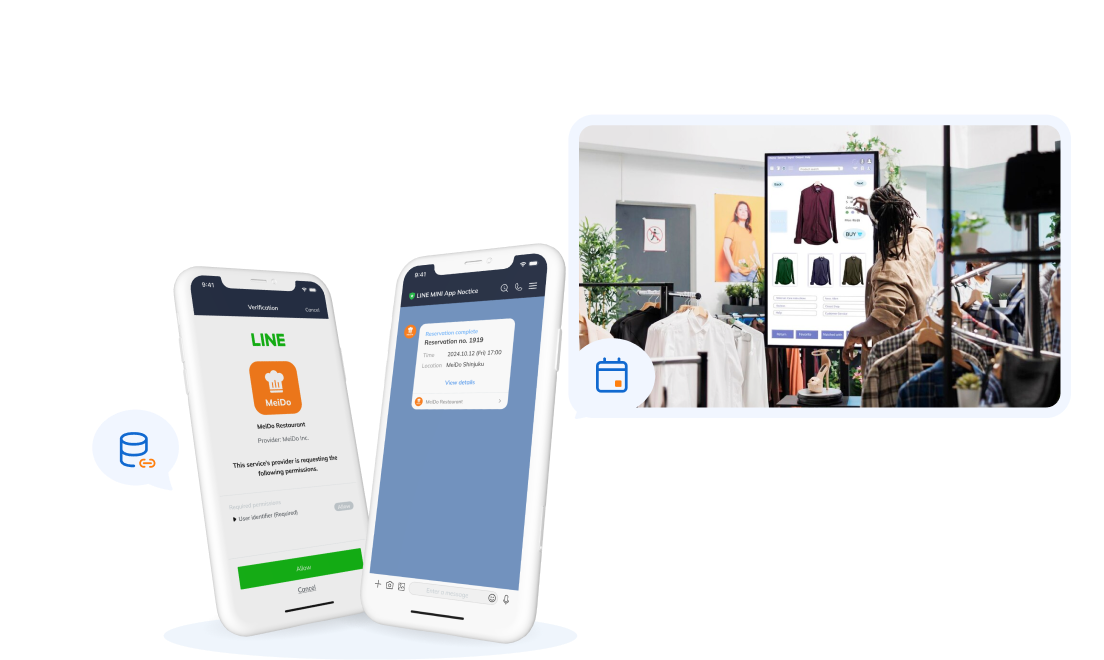
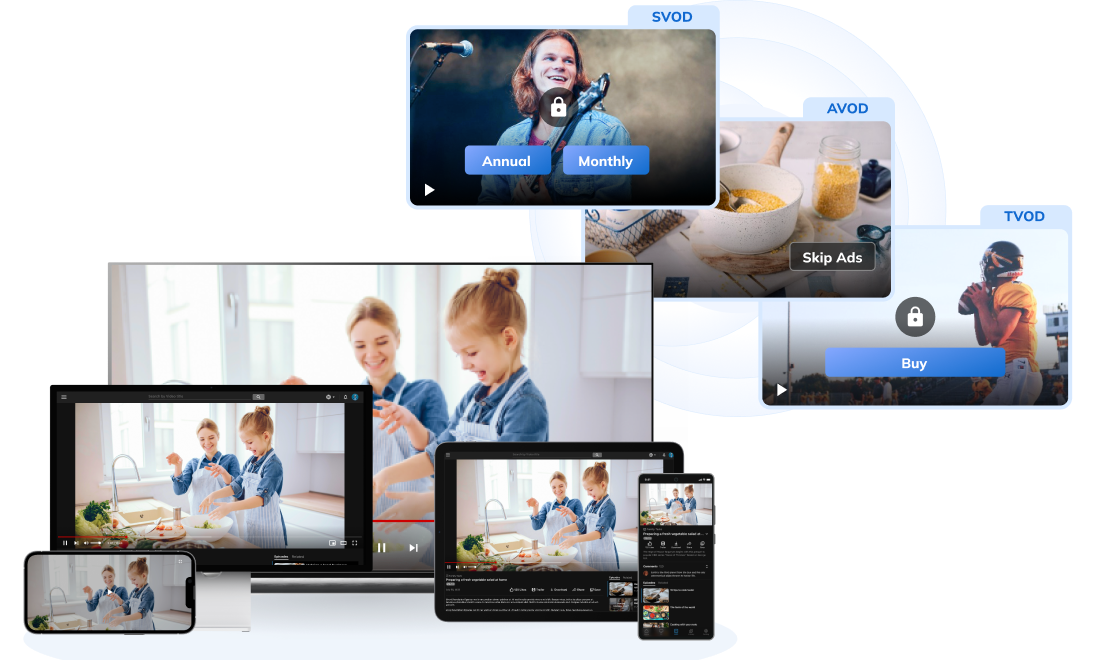
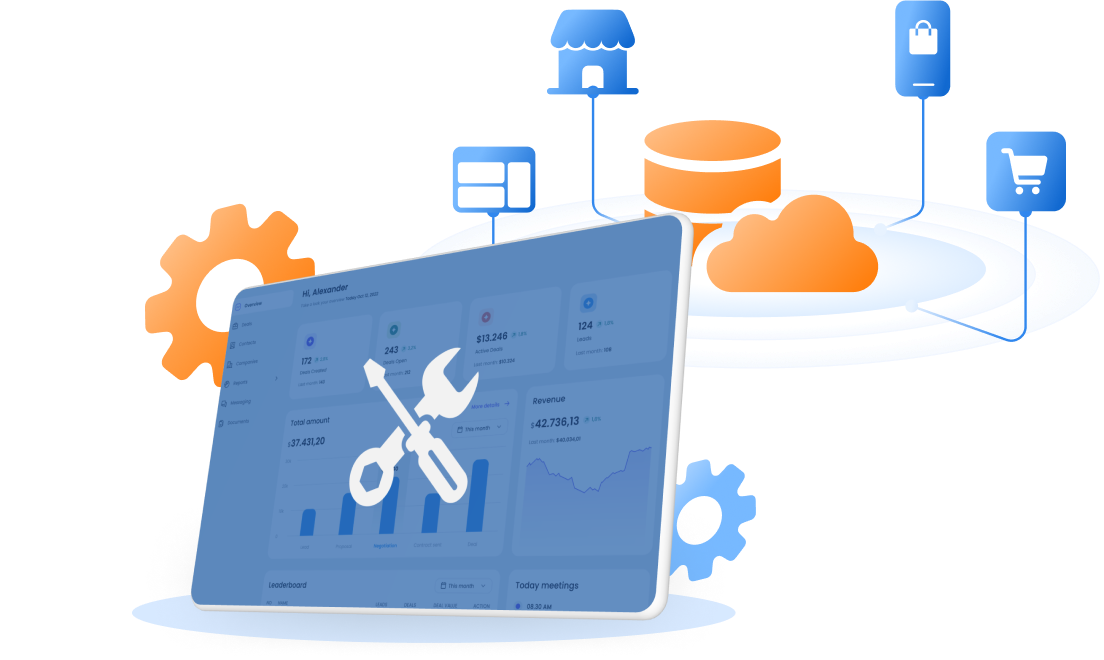

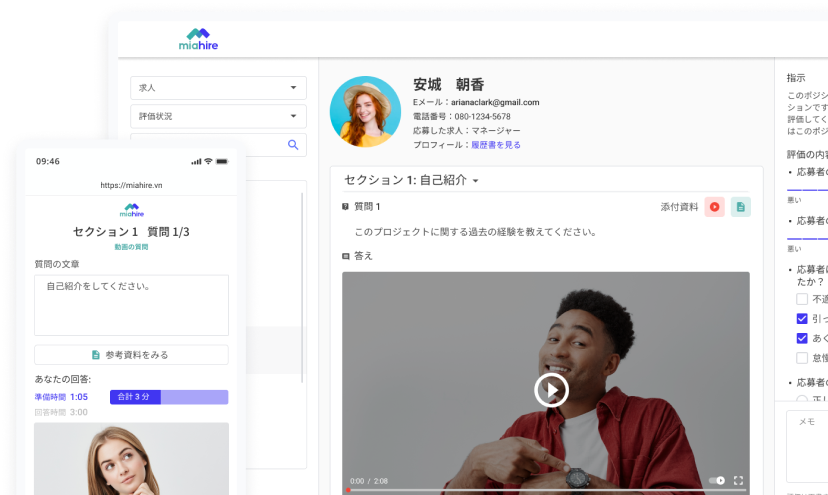
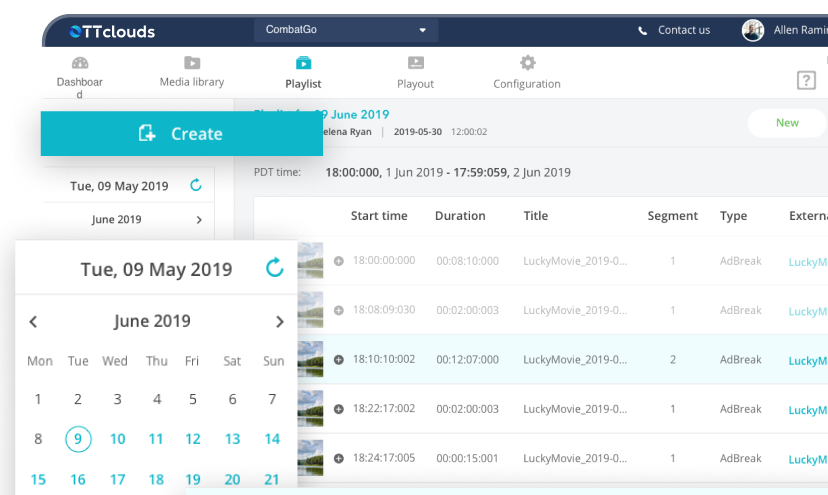


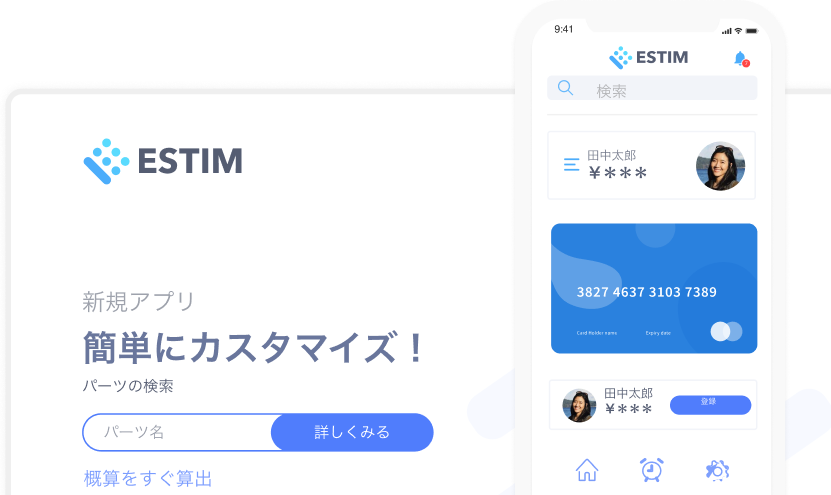

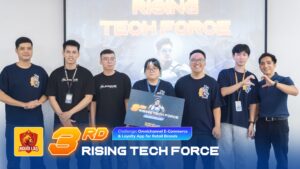
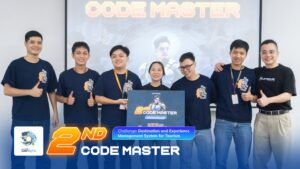
![1 [BA Series] The story of a BA – My journey into the field](https://www.supremetech.vn/wp-content/uploads/2025/10/Thumbnail-2-1-300x169.jpg)
